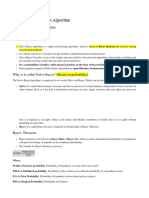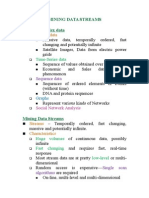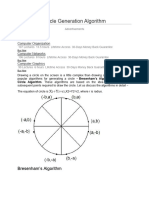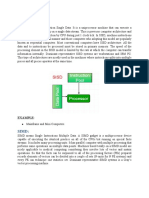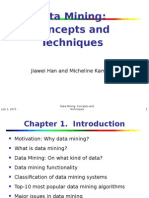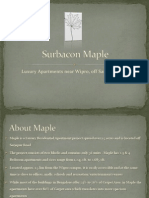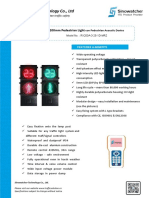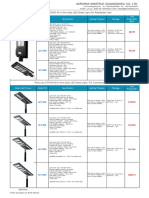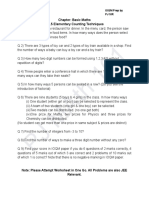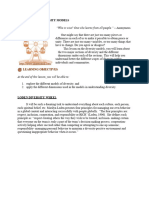0% found this document useful (0 votes)
216 views23 pagesDecision Tree Induction
Decision tree induction is an iterative process that uses measures like information gain, gain ratio, and Gini index to select attributes for splitting nodes. Perception-based classification (PCB) allows interactive visualization of multidimensional data to support decision tree construction. PCB displays data in a circle partitioned by attributes, with class labels represented by pixel color. This interactive approach incorporates user knowledge and tends to produce smaller, more interpretable trees with similar accuracy to automatic methods.
Uploaded by
Juhita KumariCopyright
© © All Rights Reserved
We take content rights seriously. If you suspect this is your content, claim it here.
Available Formats
Download as PPTX, PDF, TXT or read online on Scribd
0% found this document useful (0 votes)
216 views23 pagesDecision Tree Induction
Decision tree induction is an iterative process that uses measures like information gain, gain ratio, and Gini index to select attributes for splitting nodes. Perception-based classification (PCB) allows interactive visualization of multidimensional data to support decision tree construction. PCB displays data in a circle partitioned by attributes, with class labels represented by pixel color. This interactive approach incorporates user knowledge and tends to produce smaller, more interpretable trees with similar accuracy to automatic methods.
Uploaded by
Juhita KumariCopyright
© © All Rights Reserved
We take content rights seriously. If you suspect this is your content, claim it here.
Available Formats
Download as PPTX, PDF, TXT or read online on Scribd
/ 23







